The footballing journey of Liverpool’s new signing Luis Diaz has already been the stuff of fairy tales, from his underprivileged youth in Colombia’s La Guajira region, to finally making it to Anfield.
Where once Narco-Football reigned – with the largest football clubs, like the rest of the country, being controlled by gangsters and cartels – Colombian football has put that shadowy past behind to undergo a glorious revival in recent years.
However, the obstacles Liverpool’s newest signing faced to reach the highest level in football were of a more mundane, though of a no less devastating kind.
From extreme poverty…
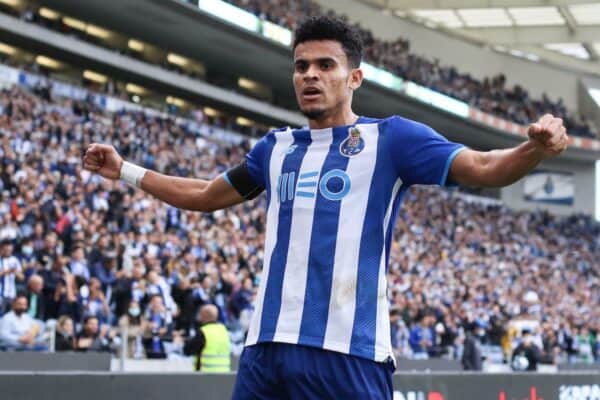
I travelled to Colombia in 2017, and rather than the Colombia of Narcos fame from the 1980s and early 1990s, I found what was a beautiful and largely modern society.
Now the fourth-largest economy in South America, the big cities such as Bogota and Medellin have modern infrastructure and lovely public spaces where football is hard to escape.
I remember sitting in the departures lounge at Bogota’s recently upgraded El Dorado International Airport playing FIFA on a PlayStation console, while right outside the hostel I stayed at in Medellin was a caged football pitch where futbol, in all its Latin American glory, was played endlessly.
As Uruguayan writer Eduardo Galeano once wrote in his seminal book on the beautiful game, Football in Sun and Shadow: “Whether a shared celebration or a shipwreck that takes us all down, soccer counts in Latin America, sometimes more than anything else…”
Nonetheless, one region I visited stood out as perhaps the most overtly poverty-stricken I’ve seen anywhere in the world. It also happens to be where Luis Diaz is from, La Guajira.
I travelled out to the La Guajira desert with two Colombians where many of the local Indigenous Wayuu people, a group Diaz belongs to, live in extreme poverty.
At the time, I was ignorant of this fact until my companions pulled over to give a cooked chicken to a group of clearly hungry children, explaining that it is one of the most severely deprived regions in Colombia.
![]()
Indeed, speaking to The Athletic, Colombian football journalist Juan Felipe Sierra describes La Guajira as “one of the poorest regions in of the country… where kids die of starvation and access to clean water is scarce.”
The Wayuu people from whom Diaz is descended were the only Indigenous peoples in Colombia who successfully resisted subjugation by the Spanish, but this culturally distinct region on the northeastern fringe of the country appears to have been left behind as a result.
Diaz grew up in the little town of Barrancas, some 150 kilometres south of the desert on the Caribbean coast in southern La Guajira.
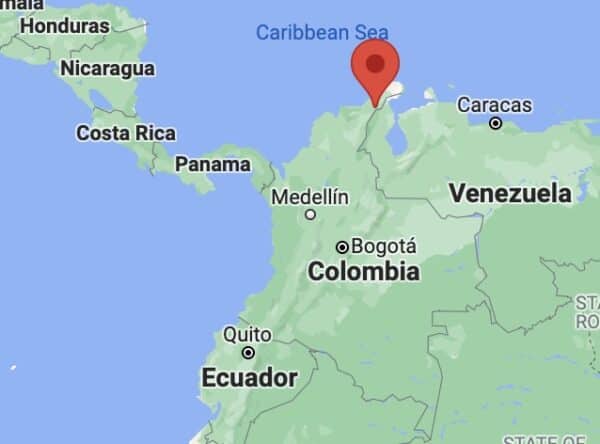
Located in a large valley with the snowcapped mountains of the Sierra Nevada far away to the west, and the mountains which form the border with Venezuela to the east, the town is dominated by the colossal Cerrejon coal mine – one of the largest open-pit coal mines in the world.
Reportedly one of Diaz’s hobbies as a child was to watch the massive coal trains going past, heading for the Caribbean coast and export, this small town’s most prominent link to the wider world.
In footballing terms, his dreams centred around the Brazilian legend Ronaldinho growing up, an influence still occasionally evident in the echoes of Joga Bonito flair and vibrancy he brings with his on-field creativity.
The big break for this talented small-town kid came when he was discovered by Colombian footballing legend Carlos Valderrama – equally remembered for his abilities as a playmaker and his eccentric blond hairstyle – in trials for the Copa America of Indigenous People in 2015.
Speaking to the BBC, former Colombia international John ‘Pocillo’ Diaz who coached that side explained his initial impressions of the then 17-year-old ‘Lucho’.
“For a moment, we thought it would be very difficult for him to perform because Lucho seemed to have malnutrition problems – he was very skinny and lost the duels with other players,” he recalled.
“But despite that, he managed to stand out among 400 candidates and make the 26-man squad.”
Other than his slight build, ‘Pocillo’ remembers his raw talent shining through: “He was very fast and had a very good technique, the ball would stick to his foot like glue.”
And suddenly, the small-town kid was on a flight to Chile to play in an international tournament from which he would never look back.
On his return, he was signed by second division side, Barranquilla FC, which is an affiliate of the larger Barranquilla-based powerhouse Atletico Junior.
Diaz was so thin that he was nicknamed ‘fideo’ (the noodle), leading Barranquilla to start him on a dietary plan to rapidly gain 10 kilograms, which even included eating pasta for breakfast.
Diaz quickly progressed through the club’s youth teams and by 2017 he had moved to the larger Atlético Junior, the big club from Colombia’s Caribbean coast region.
Success followed his move, with Junior going on to reach the Copa Sudamericana final and win the Colombian league the following year, although it would be his second season where he developed into a star.

Impressive form and a wealth of talent would ensure European clubs were jostling for Diaz by 2019.
Russian clubs were interested, as were, surprisingly, Neil Warnock’s Cardiff, though the sensible advice of compatriots and former Porto alumni James Rodriguez and Radamel Falcao, and the Portuguese manager of the Colombian national team at that time, Carlos Queiroz, guided Diaz to FC Porto, where he has developed into the world-class talent he is today.
It is clear that in the last 18 months Diaz has elevated his game to another level.
To just getting started

At last year’s Copa America he stuck out from the names and legacy of his various mentors and predecessors to announce himself fully as Colombia’s most important current player and a force on the world stage, scoring four goals to be joint top scorer alongside Lionel Messi.
And it is not just the goals he scores, but how he scores them, showing echoes of the young kid whose foot would stick to the ball like glue, going on dizzying runs, pacy surges, with the occasional outside of the box worldie or acrobatic feat.
Anfield can now look forward to a natural exponent of the beautiful game showcasing his skills upon the Kop. But importantly, as Klopp has noted, he is, due to the hard road he has taken, also a “fighter.”
Although they grew up on different continents, the similarities between Luis Diaz, Sadio Mane and Mahomed Salah stand out.
All three were just entering their prime when signed: Mane was 24 when he arrived at Anfield, while Salah was the same age as Diaz having just turned 25.
Luis Díaz
– Just helped his country to the semi-final of Copa América
– Finished on 4 goals, the most in the Copa tied with Lionel Messi
– Before Porto preseason, returns to his hometown of Barrancas and finds time for a game of street football
— Próxima Jornada (@ProximaJornada1) July 15, 2021
All three grew up in extreme poverty and arrived in Europe from unheralded regions of the world to develop into top-class players, without losing touch with their roots.
In Football in Sun and Shadow, Galeano describes how football first arrived in South America as a sport of the elite, but quickly put down roots in a process which was “unstoppable”, like “the tango, football blossomed in the slums.” What would become the universal language of football developed new rhythms and imaginative forms in the underprivileged corners of the continent.
When Luis Diaz makes his Liverpool debut not only will he become the first Colombian to play for Liverpool, but he will also be translating some of those unique rhythms and accents, which originated from the dusty streets of La Guajira, into that universal language of football which comes alive under Anfield’s bright lights.
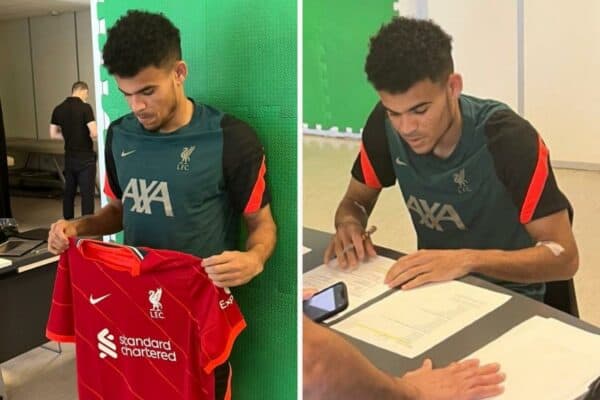
But the most exciting aspect is that, really, Diaz’s rise to the highest level is only just beginning with his youth coach John ‘Pocillo’ Diaz explaining there is remains levels of untapped potential:
“Lucho can shoot from distance, he’s comfortable with his two feet, he can dribble, he can open up defences, he can score. What can’t he do?” ‘Pocillo’ concluded. “But, believe it or not, he’s yet to reach his ceiling.”
It’s been one hell of a journey from La Guajira, Colombia, to Anfield, Liverpool, but rest assured, in many ways it’s only just getting started.






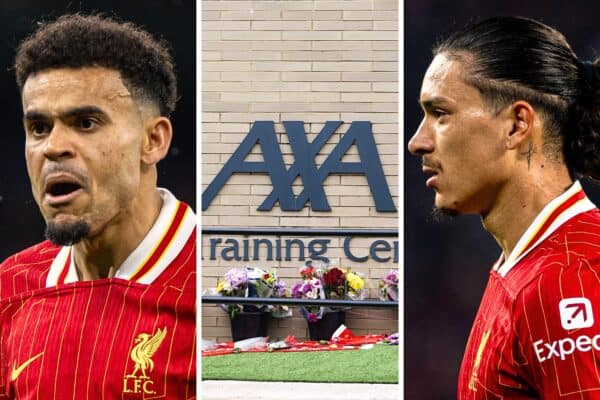



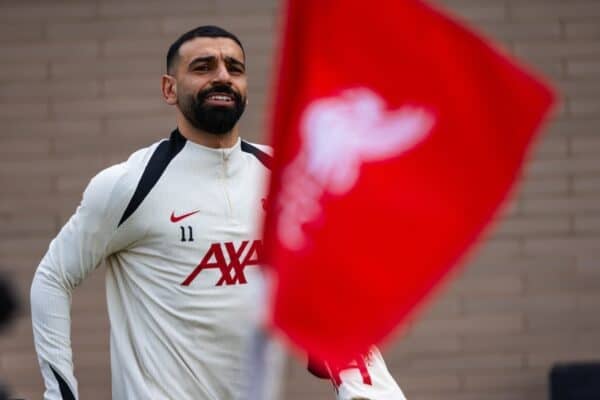

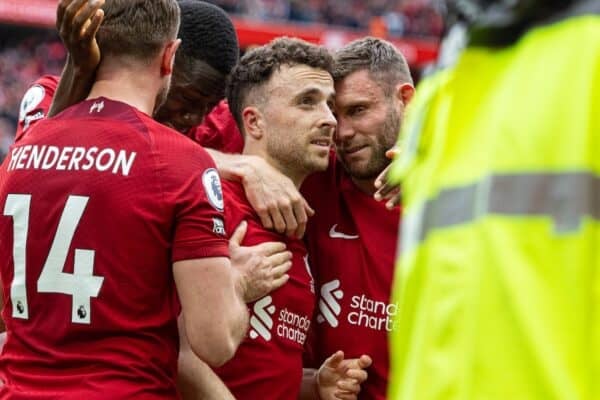






Fan Comments